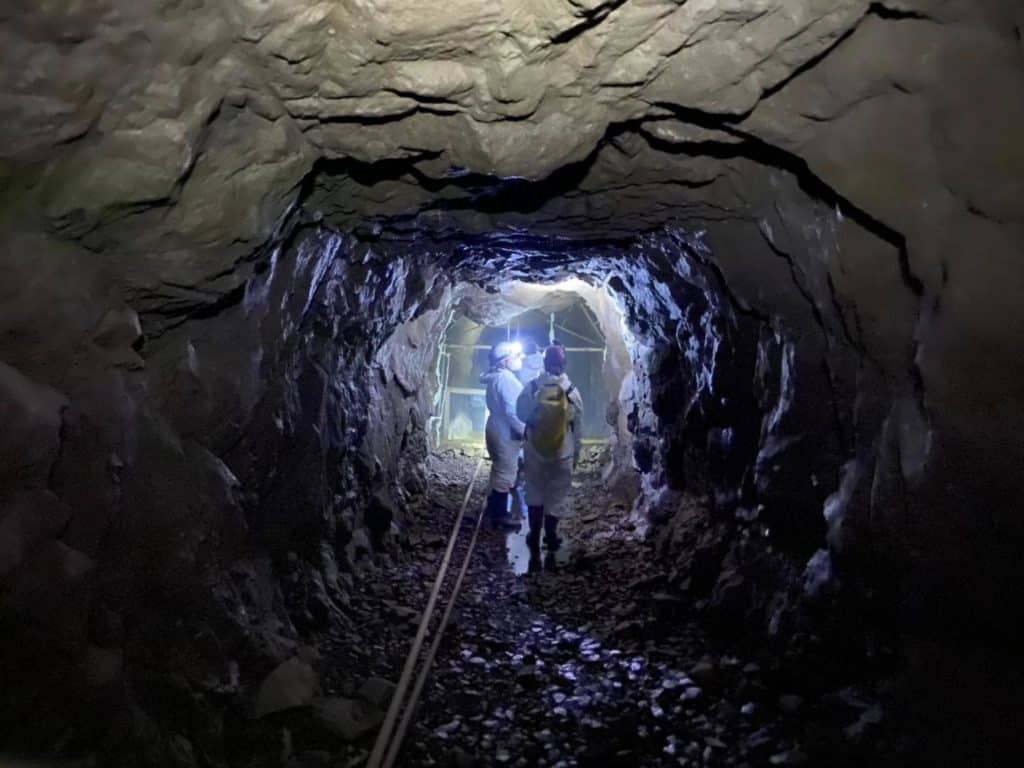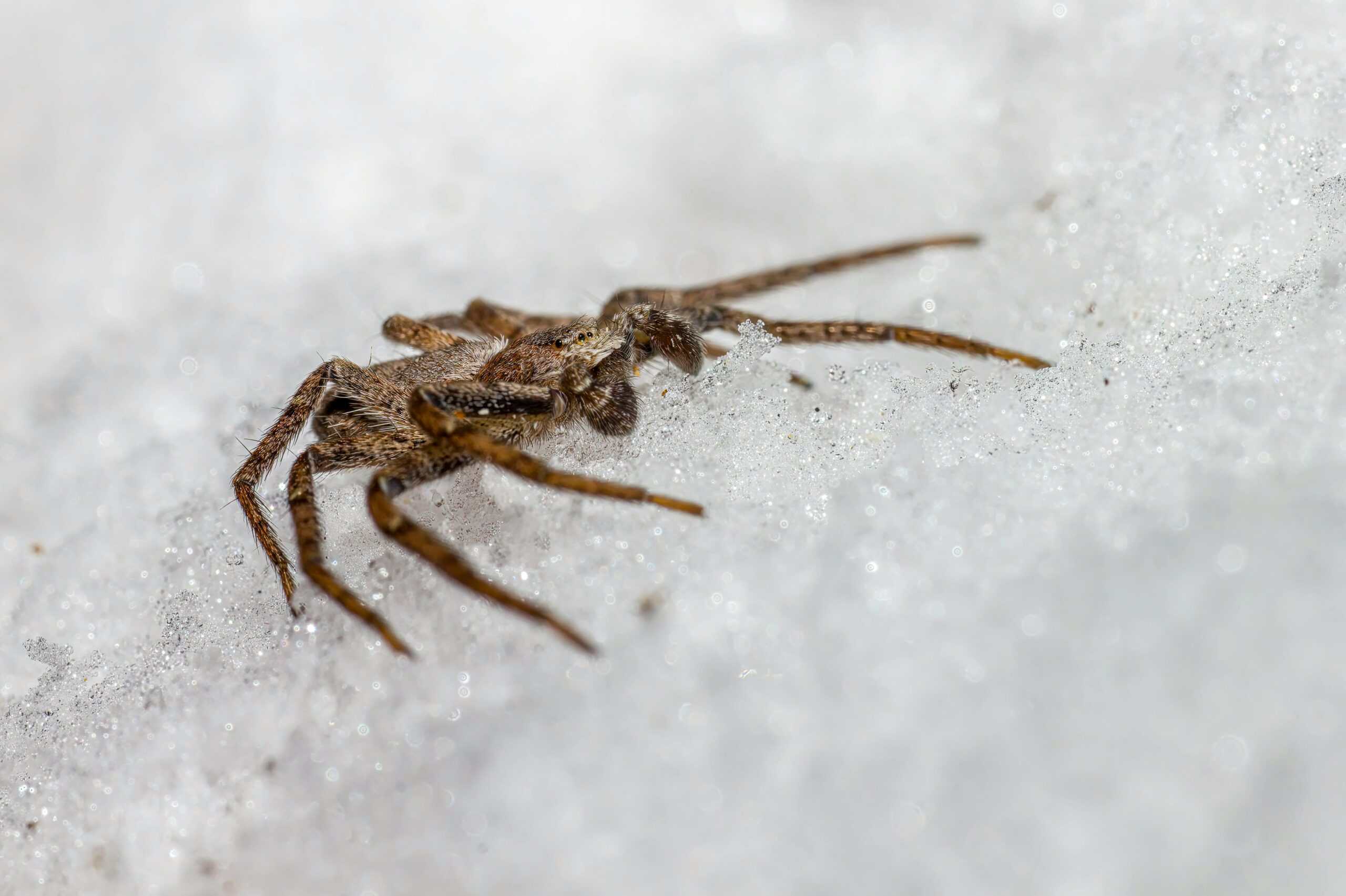Share this article
Bats hibernating in warm mines find more of deadly fungus
The fungus that causes white-nose syndrome thrives in warmer areas — the same temperatures that little brown bats prefer to hibernate in. That can create an “ecological trap” for the bats, researchers say.
“We do see that for this species — bats that are roosting in relatively warm sites had the highest fungal growth rates on them,” said Skylar Hopkins, an assistant professor in applied ecology at North Carolina State University.
Hopkins led a study published in Nature Communications looking at how temperature affects the disease’s prevalence in little brown bats (Myotis lucifugus) hibernating in mines in Michigan and Wisconsin.
She and her colleagues already noticed patterns that certain species tend to roost in colder spaces, while others stayed in warmer areas. They also knew that those that spent time in the cooler areas had smaller declines in their populations.
“There’s this possibility of those warmer roost species to change their behavior and roost in colder areas so their survival rate would go up,” she said.
The team decided to look at little brown bats. The warm-roosting bats used to be much more common throughout the U.S., but they have been facing steep declines due to white-nose syndrome. Hopkins and her colleagues went to mines early in the bats’ winter hibernation and swabbed the bats to measure how much of the fungus Pseudogymnoascus destructans, which causes the disease, was on their bodies. Then, using a laser thermometer, they took the temperature of the area around them and placed a metal band on the bats — if they allowed them to — for later identification. Then, they repeated their methods at the end of the hibernation in the spring.
The team also took note of how many bats abandoned their roost before spring emergence. That would mean that white-nose syndrome probably caused them to emerge early in hibernation, looking for outside food sources, Hopkins said.
When they took temperature into account, the team found that bats roosting in relatively warm sites had the highest amount of fungus on them. After looking across the region, they also found a large decline in the total population from when the fungus arrived in the area until now.

Virginia Tech researchers search hibernation sites for banded bats.
Credit: Kate Langwig of Virginia Tech
However, the team found higher survival and fewer bats lost in colder sites, which she refers to as thermal refugia. “It’s a little bit exciting that it can be a target for conservation where the bats persist in those sites,” she said.
But the bad news, she said, is that little brown bats aren’t really shifting to using colder areas. More than half continue to roost at warmer sites, facing more fungal growth rates and instances of mortality. “It’s considered an ecological trap that these bats are preferring sites where mortality rates are higher,” she said.
Hopkins said before the bats arrived, they were choosing warmer sites, likely because the warmer temperatures allowed them to maintain their body temperature during hibernation. And there are some constraints to roosting in colder areas. For example, they can even freeze to death, she said.
Hopkins said it’s important to know what’s happening to bats at individual sites, which may mean following individuals and making note of their habitat preferences. “We need to know what’s happening at each site with bat mortality to make management decisions,” she said. Conserving areas that bats prefer when those areas are ecological traps can even cause what she refers to as management traps. “They might see animals preferring sites and think they’re good sites,” she said. “But the animals are picking sites that are bad for them.”
Another management application may be conserving cold sites. But, she said, closing off warmer areas wouldn’t be the best solution because there are other species in them that require different temperatures.
Hopkins said humidity is an important next step to study, since it is a factor that’s important in fungal growth, and for bats, it helps with their water respiration. But studying humidity in these hibernacula is difficult, she said. She and her colleagues have developed new humidity loggers to make it easier, and she plans to look at how humidity goes hand-in-hand with temperature to impact bats and white-nose syndrome.
Header Image: Little brown bats often prefer warmer areas where the fungus that causes white-nose syndrome is more prevalent. Credit: Joseph Hoyt of Virginia Tech








